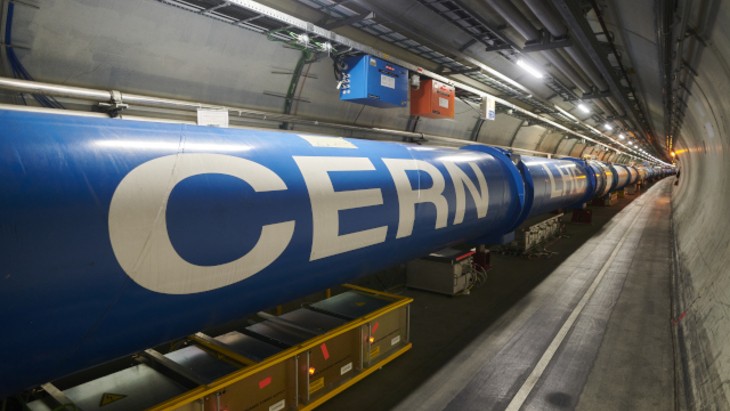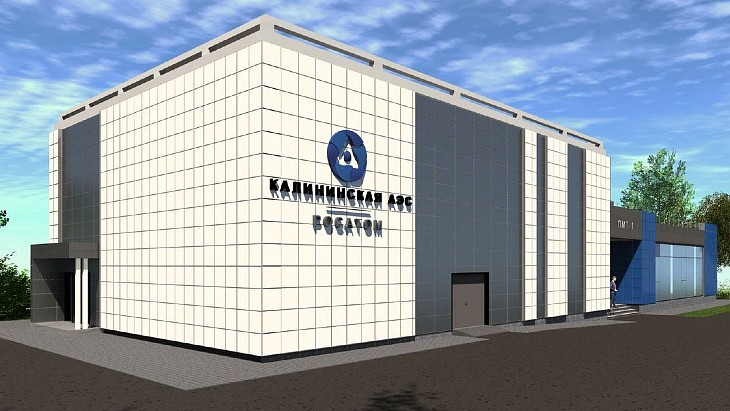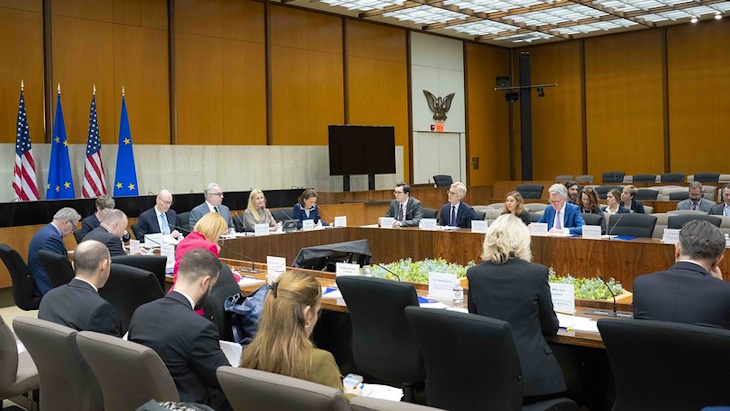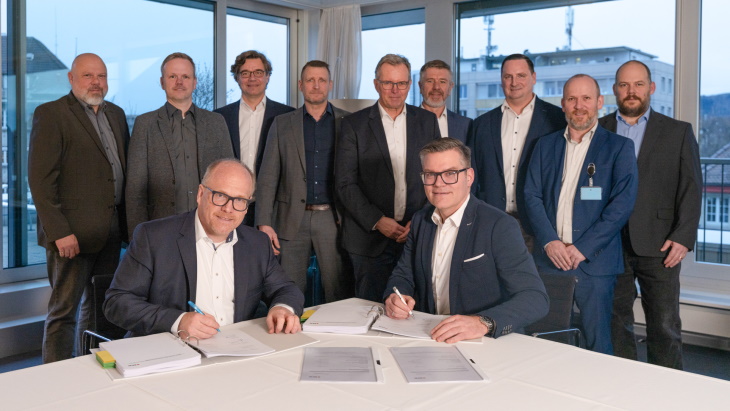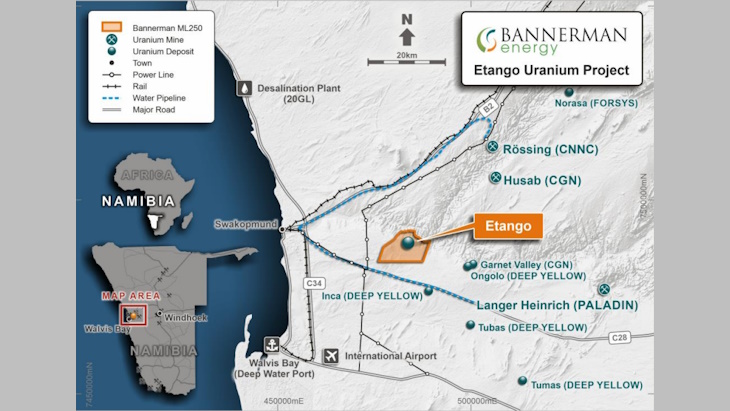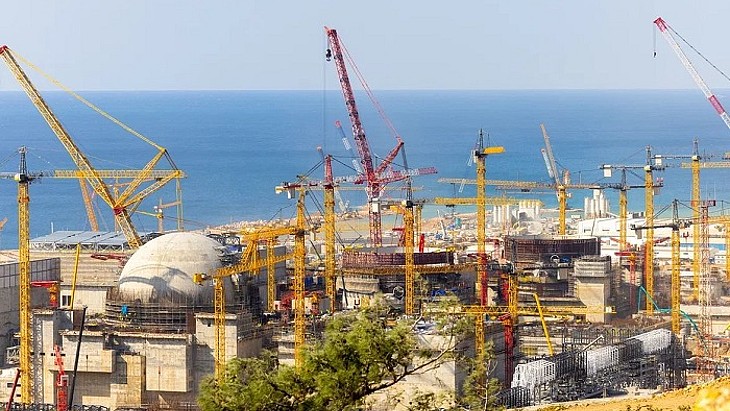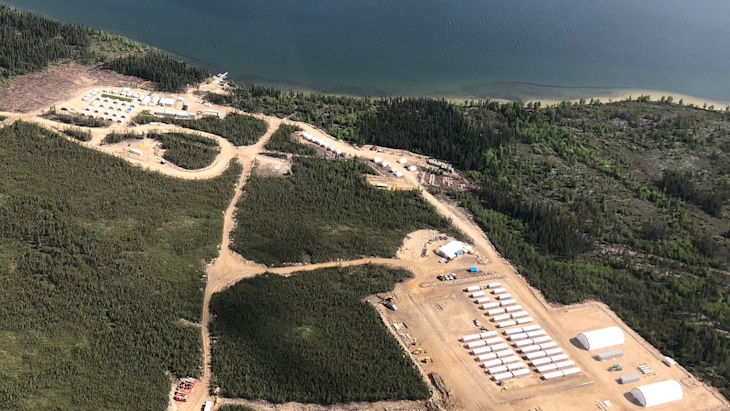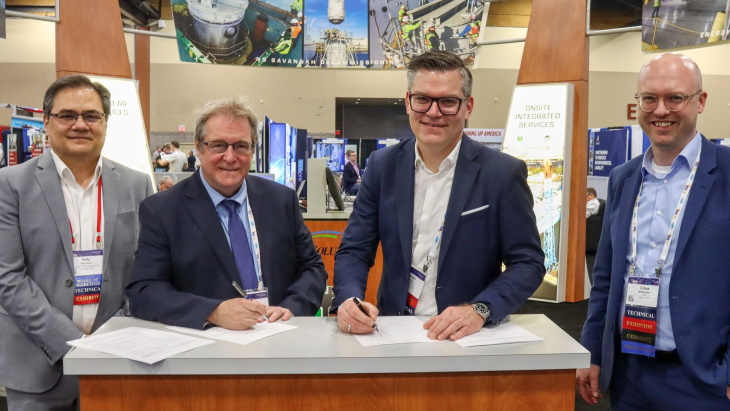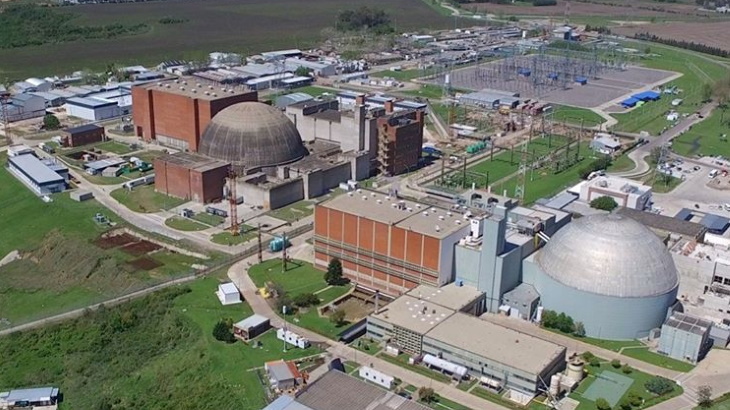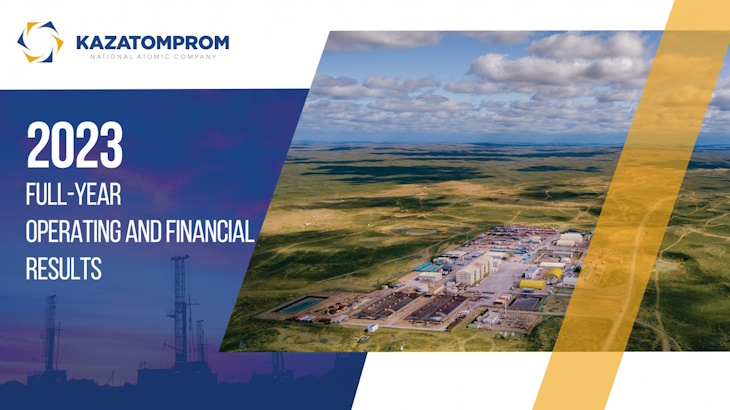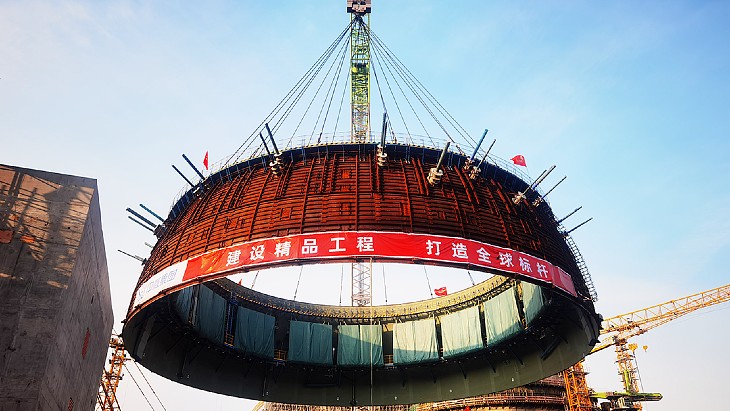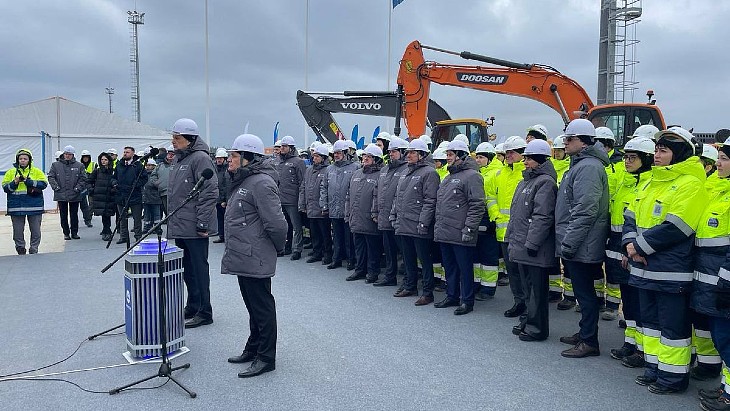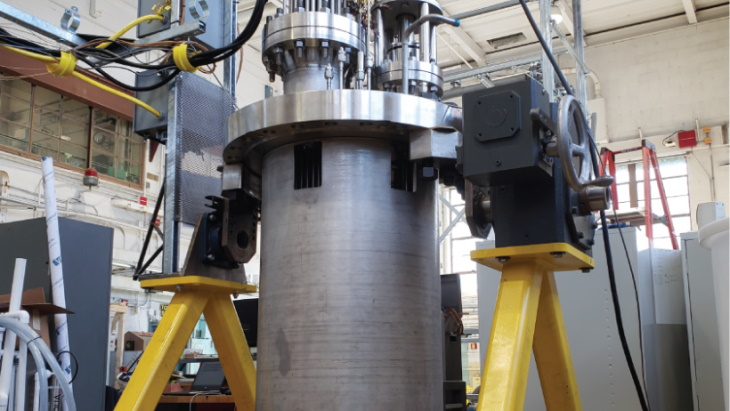Source: https://www.world-nuclear-news.org/Articles/In-Quotes-NexGen-Energy-s-Leigh-Curyer-on-the-Rook
In an interview for the World Nuclear News podcast NexGen Energy CEO and President Leigh Curyer set out the path ahead for what he calls their world-leading project in Canada, and gave his overview of the uranium sector's prospects.
Here is an edited transcript of parts of the World Nuclear News podcast, which you can also listen to via the embedded player below or on any podcast players. Read the source for a podcast player.
NexGen Energy's history
We founded NexGen Energy in 2011 and acquired a number of exploration properties in the Athabasca Basin in northern Saskatchewan. The deposits in the Athabasca Basin are on average 100 times the grade of the current grade of world production so you're looking for very high grade deposits, but they're very difficult to find. We were very fortunate after looking at a 30-year history of exploration in the area and then applying some new geophysical surveys over the land package we targeted a number of zones in that southwestern side of the basin and on our 21st drill hole on the property, but the very first drill hole on this particular target, we hit mineralisation. It wasn't until mid-2014, about six months after that discovery hole, that we we then hit an intercept which at the time was about the fourth best hole in uranium exploration history from a width-times-grade perspective - that hole is no longer in the top 20, the other holes [which have superseded it] are all hosted by the Arrow discovery. At that time we knew we had something incredibly significant. We knew it was one of the world's best deposits, and it certainly has turned into the world's best deposit from a grade, size and also technical environmental setting.
How long will it take to get to production?
Mining does take many years and we have just hit the 10 year anniversary from that discovery. We received our Saskatchewan provincial environmental approval in November and we're confident that we will receive the federal permit in the very near future. The timeline on construction is estimated to be 42 months from that point in time. If we were to receive the federal permit in 2024, you would expect production at the end of 2027, early 2028. So from discovery through to production, you're looking around 14 or 15 years.
Innovative approaches to the licensing and permitting side
Our approach has been, first of all, understanding what is required to be permitted. So even before we submitted our original project description, we put a lot of work into understanding the permitting process in Canada, the level of validation required around the technical, the environmental and the social aspects of environmental approval. And we ran that process provincially in Saskatchewan, in parallel to the federal approval process in Canada. The fact is, the environmental impact study, is primarily the same document, both provincially and federally, and there's licensing as well as the environmental approval which we have run in parallel. We've had that benefit of having a well understood ore body, it's incredibly hard rock, so it's very easy to extract ... we don't have deleterious metals once we get the ore to the surface to then deal with, so it has been innovative in that sense that we've run a few a number of streams in parallel and have received validation around it with the granting of the provincial approval. And we're confident we're about to receive that federally as well.
The uranium market and its impact on NexGen Energy
Over the last year or two it has certainly been quite lively after a long dormant period. A lot of people have asked me how it feels to discover the world's best project in one of the world's worst markets. And from my perspective, and also the team's perspective at NexGen, that was OK with us because it actually allowed us to get on with developing the project to the stage that we have, without being distracted with all the market noise that happens with a rising uranium price. It's been 10 years since discovery and in that time, up until the last two years, the uranium market has been pretty quiet. Our confidence was that this market was always coming, with respect to demand increasing, yet mined supply is the most fragile it's ever been and the costs of producing from those current mines are going up substantially ... this has been building since 2011 and and you just can't turn on mined supply overnight - we've got one of the simplest projects technically on the planet, and yet it's still going to be a 15-year process from discovery through to actual production. We weren't the only ones to recognise it - uranium fund holders such as Yellow Cake in the UK and Sprott Uranium Trust in North America, they saw the Western world's leading producers buying spot pounds on the market because it was cheaper than those mines could produce it themselves - and when do you ever see that in a commodity, let alone an energy commodity, so they recognised the trade and started buying. They have also been correct. I think the fundamentals are now locked in for uranium for longer than they weren't. Our project, which will be the world's largest, at about 25% of the world's mined supply, is just replacing mined supply that is expected to come off between now and when we're in production. 30 million pounds is what our feasibility engineering study has scheduled and that's coming from a very tiny mine. We are moving the ore [equivalent to the volume] of about one double decker bus, one and a half double decker buses a day - that's a reflection of the incredible grade.
How long will the supply last?
As per the feasibility study, which only takes into account the measured and indicated resources, that's 10.7 years. We have another 80 million pounds in an inferred resource. And now it's inferred just through the drill density is at 50 metre spacing, to get it into the measured and indicated, you need to bring that down to 15 to 25 metres. Now that ore will convert as has the balance of the deposit. And then we also have a number of other mineralisation zones in and around Arrow and particularly under Arrow where we've hit more mineralisation but yet to define it because it's under Arrow and it's deep. We have permitted for an initial 24-year mine life. And that permit timeline reflects our confidence in the deposit just in and around Arrow. We discovered it with the first drill hole within a four and a half kilometre radius. We obviously knew what we were doing, no doubt about that. But did we find the only motherlode in the area? I don't think so. We know we have more mineralisation as well. And so we've just recently kicked off our 2024 exploration programme, where we are looking for new Arrow-type zones within an economic distance of the Arrow deposit. So all of that signifies our approach to getting a 24-year initial mine licence.
The impact of geopolitics
We did experience as a company the demand for our ore going forward, the interest from utilities in the US, Europe, Japan, other parts of Asia increased substantially with Russia's invasion of Ukraine. So I think from an ESG perspective, we're becoming even more preferable with respect to a safe, reliable and socially acceptable source of supply, given the environmental benignness of our mine, but also the location as well.
How much of your proposed production have you already got customers for?
We're currently fully levered to future prices, we have not locked in any pounds of production yet. Once we have visibility on the precise timing of production with the federal approval, we will then start entering into those contracts. But with utilities in the US, Europe, Asia, the Middle East as well ... we've been in dialogue for primarily the last three years and the frequency of those discussions have elevated even in the last three months.
What about the wider outlook for the nuclear sector?
Having been in the sector since 2002 I'm just really pleased that the European Union came out and officially designated nuclear as clean, green and safe relative to any baseload, carbon-emitting form of energy. You saw the UK government really invest heavily in the development of their nuclear programme, the US government have also done it with the Inflation Reduction Act. I think it just reflects that people who are sensible about energy policy have recognised that the merits of nuclear are now based on the scientific fact as opposed to some of the false political ideologies that have been generated around nuclear energy.
What about the picture in Australia?
Having lived in Australia, I think Australia is one of the toughest opinion markets in the world around nuclear energy. We're going to take delivery of nuclear-powered submarines through AUKUS, and I think you are going to see a small modular reactor developed in Australia probably in that 2030 decade, because the realisation around sensible energy policy, if you want carbon-free based low power, it has to be nuclear energy. The last public opinion poll I reviewed had more than half of the population supporting nuclear energy to be developed in Australia ... I think that reflects the scientific appreciation of nuclear as opposed to some of those false ideologies that were generated in the 1960s and 1970s.
What is the latest NexGen Energy news?
During the podcast interview, Curyer said exploration teams were working hard, and said there would be updates in the months ahead. And since the episode was published, NexGen Energy has indeed announced the discovery of new intense uranium mineralisation on its SW2 Property, 3.5 kilometres east of the Arrow Deposit. In a news release Curyer said "this new intercept reflects the high potential of NexGen's extensive land package in the south-western section of the Athabasca Basin, Saskatchewan, and is a testament to the strategic and disciplined approach to identifying new Arrow-type zones of mineralisation. Drilling activity is being fully dedicated to this new discovery area to advance our understanding of scope and scale of mineralisation".
